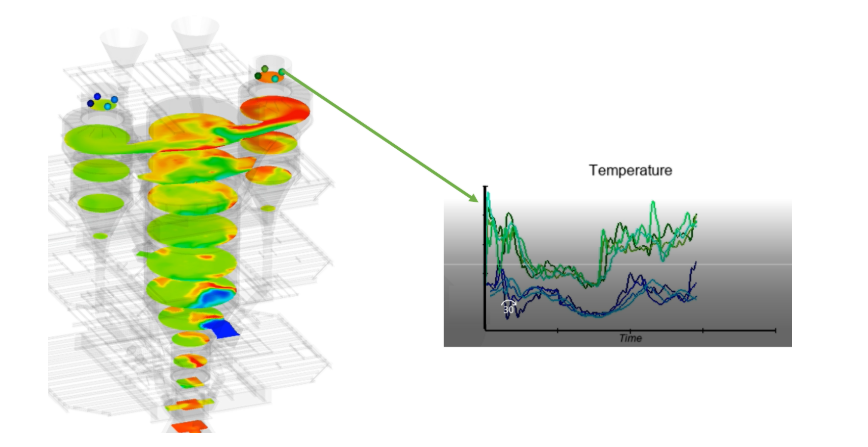Contents
Solutions for a Digitized Cement Industry By Matthias Mersmann

To Be able to work in this best international company , click here to download all important cement books and reference
Hardly any topic is currently being discussed worldwide as intensively as digitization. The cement industry is also intensely concerned with how this mega-trend will affect the industry. At the moment, the answers do not seem to be there yet. Where will the demarcation line between human and machine work be, how many people will be engaged in which activities and what qualifications they will have to have in the next few years? However, it seems already clear that digitization will bring about significant, probably highly disruptive, changes in the organizational and organizational processes.
Probably the strongest association with the term digitization links it to automation and optimization of communication between interacting machines. This approach is discussed under the term “Internet of Things” (IoT) or “Industry 4.0”. Although the cement industry already has a noticeable stage of development in these areas, it still has considerable potential for optimizing raw material and product logistics as well as in maintenance and procurement processes. But digitization will also have another huge impact on cement production. By using the methods of data processing and data analysis which have seen massive improvements in the recent years, the very manufacturing processes can be supported in many respects. After all, without trying to answer what is really behind the term “artificial intelligence”, it has to be said that advances have been made in the field of machine learning and data mining which can now be harnessed for efficient production control systems. Today, real data from the production plant can serve for analysis in a much more detailed way than it was possible before and following that, these data can also be used for on-line optimization of the production process.
Using the operation data, an artificial neural network (ANN) can be set up, which describes the behavior of the plant as a kind of digital twin. The approach discussed under the term “digital twin” generally describes that a digital representation of the real production plant is operated at the same time and parallel to it, so that all the information on the essential process parameters are accessible at any time from this digital twin. Of course, for these purposes, the digital twin must describe the reality in sufficient detail and with a sufficient robustness. This seems to be possible on the basis of the advances in machine learning and modeling made in recent years. By combining artificial neural networks (ANN) with physically motivated deterministic models, it is possible to construct digital twins of cement production processes that are both sufficiently accurate, as well as sufficiently robust and adaptive. The two components – ANN and deterministic model – complement each other and cooperate. While the ANN does the routine work of simulating the production in real time, the more time-consuming deterministic model can calculate exceptional operating conditions based on its physical basis and thus complement the data-driven ANN. Like the actions of a human operator, the ANN will carry out the routine work quickly and reliably, until a special operation condition occurs (which can and will happen at potentially every moment in cement plant), which has to be intercepted and solved with the help of process knowledge. This will be handled by the deterministic process model. A digital twin set up in this way is permanently synchronized in real time with the data from the real production plant, whereby a drift of the digital twin can be detected and prevented, just as instrumentation failures in the real plant can be detected. In view of the high energy costs and the sometimes considerable fluctuations in the production of cement and clinker, the optimization of production in kilns and grinding plants seems to be an essential application path within the digitization that is to come in the cement industry. Aixergee GmbH offers a rich portfolio of tools for online and offline optimization of the cement production process. Learn more at the linkedIn site and the aixergee website. #cement, #processoptimization, #process, #automation, #digitization
